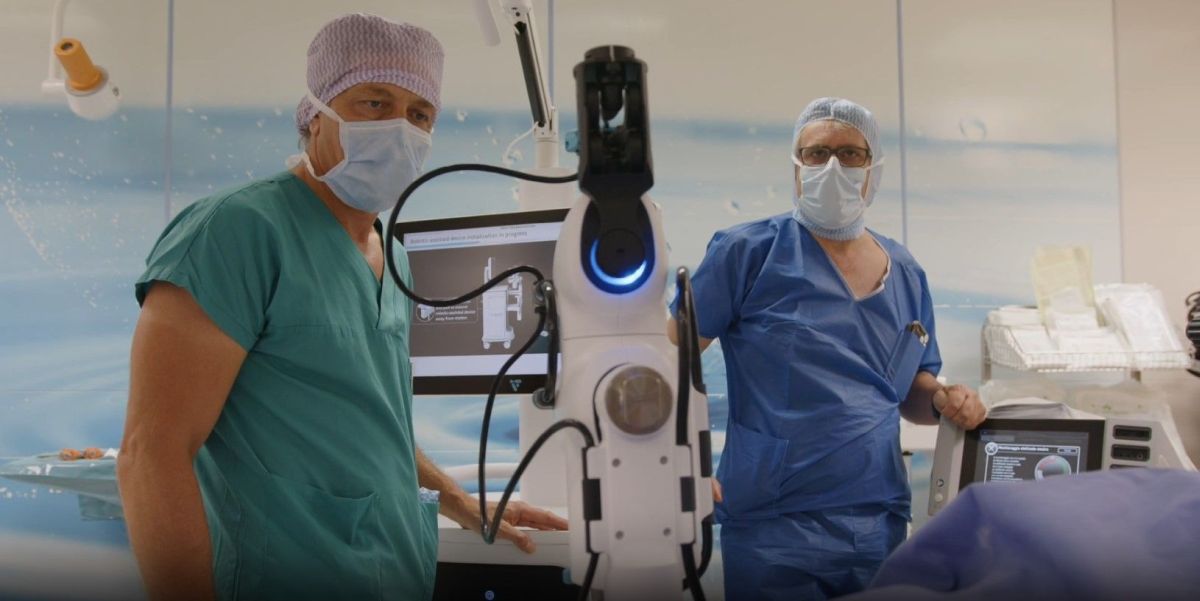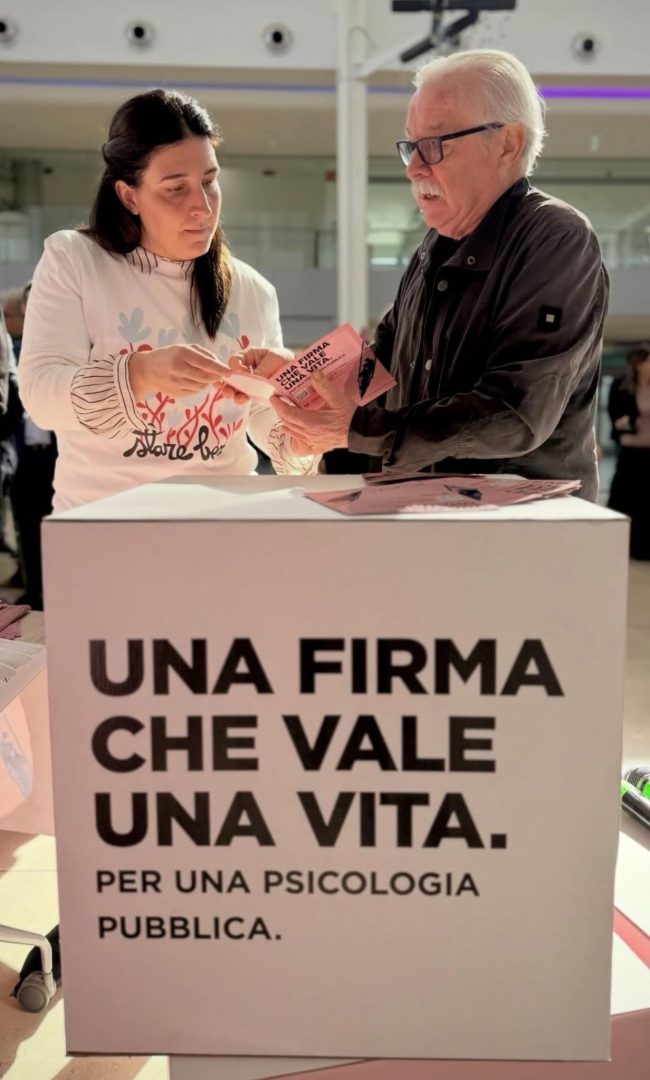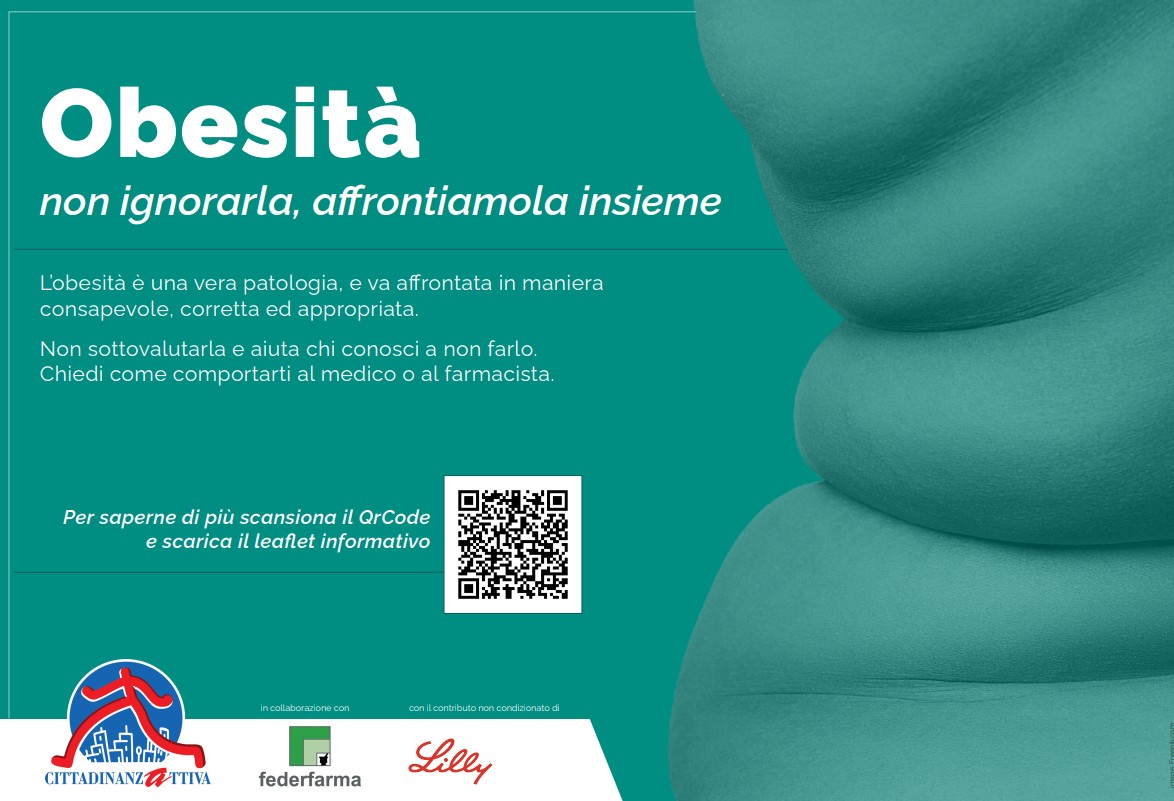MILAN (ITALPRESS) – “The pain in the knee becomes an alarm bell if it also occurs at rest, that is when it is not loading the weight on the joints. A pain of this type prevents normal daily actions and, when anti-inflammatory or conservative therapy is no longer enough, it is necessary to address an orthopaedic to establish the best, possibly surgical treatment path”. Francesco Verde, head of Protesica Mininvasiva and Robotics of Anca and Ginocchio at IRCCS Ospedale San Raffaele in Milan. Surgery becomes necessary to solve some problems related to the Arthrosic knee. “This is a degenerative pathology of cartilage that covers the joint surfaces. When the cartilage is consumed, the joint surfaces come into contact, so the bone slips on the bone, and this triggers pain and functional limitation. This condition is defined as gonarthrosis, i.e. an arthrosis to the knee joint,” Green explains. In the initial phase, the arthrosis to the knee is treated “with a conservative therapy based on drugs, physical therapy and infiltrations, which can be of hyaluronic acid, platelets or stem cells. When these are no longer working, then surgery is used and knee implants are implanted.” There are different types of prosthetic implants for the knee and choosing the right one for each patient is essential. It can be spaced “from the monocompartmental prostheses, which can be used alone or in association with the total prostheses to preservation of both crusaders, to those to preserve the only rear crusader, or those to sacrifice also of the rear crusader. The choice is based on two fundamental criteria,” says the primary. “How serious is the arthrosis that affects the knee and what are the functional needs of the patient, that is, that movements need to do. It is clear that a sportsman has different needs than an elderly person. Taking into account this aspect is also possible to select the type of plant”. That said, he continues, “a good result depends on the collaboration of the entire team working around this pathology, the anestesists, who set together with us a fast track path, the participation of the physiotherapists and physiotherapists, fundamental to obtain the best final outcome.” The Unit, in fact, has prepared a Fast Track path among the most innovative in Italy that includes: mininvasive surgical techniques, equipment dedicated to fast recovery with pain reduction, post-operative assistance and customized rehabilitation programs. This allows the patient to stand up after 4-6 hours and be immediately flanked by an accelerated protocol of functional re-education. “We have prostheses to preserve both crusaders that allow high-level athletes to fully return to activity,” continues Dr. Verde. “After the assisted intervention of robotic surgery, we can add two substantial benefits. First of all, it is possible to plan three-dimensionally, therefore in a much more realistic and precise way, and secondly, it allows to realize the plant in a perfect way and this inevitably results in a better result”, he concludes.– photo IRCCS Ospedale San Raffaele-(ITALPRESS).






